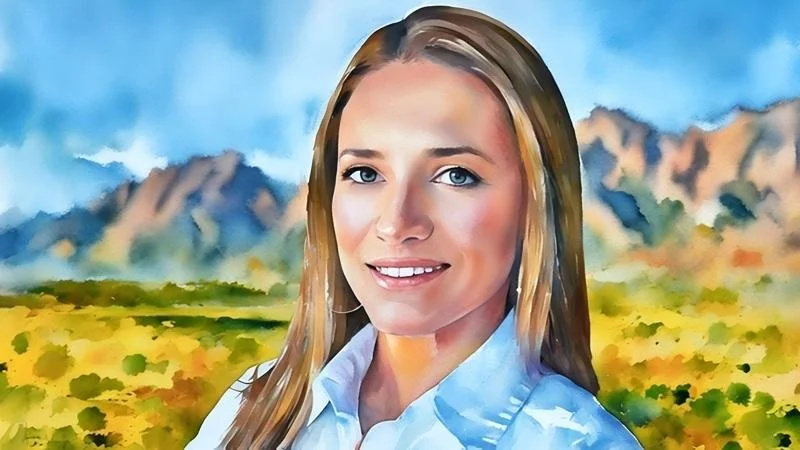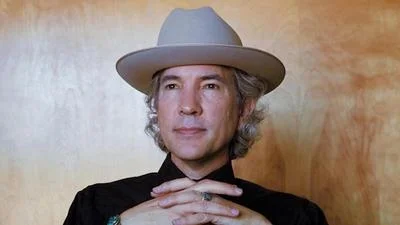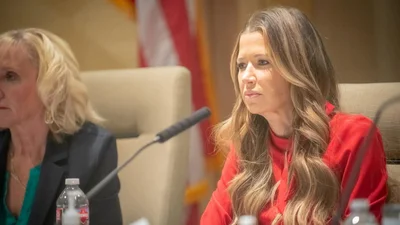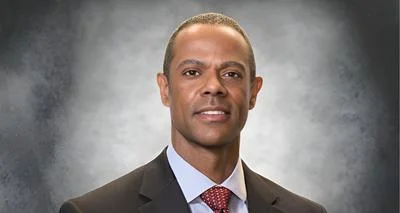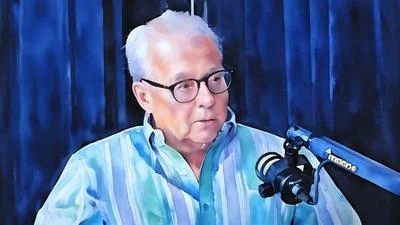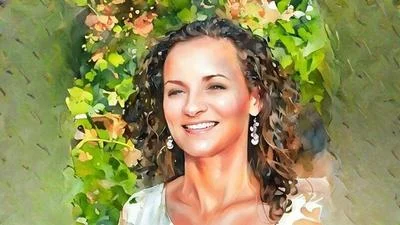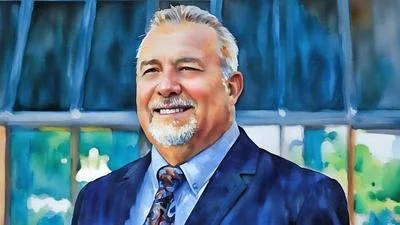New Mexico treats outdoor recreation as a quality-of-life need and an economic engine. Communities want trails that work for families, gateway towns that benefit from visitors, and kids who see nature as part of their future. Karina Armijo, director of the New Mexico Outdoor Recreation Division, has a team that connects residents to nearby nature while strengthening small-town economies.
Armijo brings a design background and years in Taos tourism to her current role. She moved to New Mexico in her early 20s, spent much of her life in the north, and now leads the division created in 2019. She is a skier, trail runner, and fly fisher.
“Design is problem solving,” she says. “When you have a division with a mission, it’s problem solving… creating a brand so people understand what we’re doing.”
She describes a vast state where “you can spend every day finding a new gem,” and says sharing first-time experiences matters. “I take my fly rod wherever I go… and I get to experience a state park for the first time so I can share that with folks.”
When asked what sets New Mexico apart, she points to living culture on the landscape. “The multicultural aspect stands out, with our tribes and pueblos, our acequia culture and land grants,” she says. “We have three World Heritage sites—Taos Pueblo, Chaco Canyon, and Carlsbad Caverns—where outdoor recreation coincides with the history.” She says that visitors still act surprised to find “rivers and mountains” and that “you can find a hike that no one is on just down the street.”
She says her perfect day starts at first light. “I get out early to find my spot on the river,” she says. “I still ski, but walking rivers and hiking into hard-to-reach places with my rod… hours go by like that.” She notes that Taos Ski Valley forged durable skill. “If you learn how to ski at Taos, you can ski anywhere.”
Armijo points to two flagship programs that benefit communities. “The Outdoor Equity Fund gets youth outside and builds comfort for families to keep going,” she says. “The Outdoor Recreation Trails+ program invests in infrastructure—maintained and accessible trails, adaptive bike trails, parking lots, bathrooms.” The division collaborates with BLM and the Forest Service and tracks economic impact. “Outdoor rec in New Mexico is about $3.1 billion, about 2.1% of our GDP,” she says, noting local studies showed residents use trails heavily while visitor spending helped cover maintenance.
She says community ownership matters and points to an Adopt-a-Trail effort that trained staff from banks, businesses, and nonprofits. “There’s pride and a sign on the trail, but you need outreach so people know they can be part of this,” she says.
A twice-monthly newsletter lists volunteer opportunities and safety tips. “We push Leave No Trace, the ten essentials, and heat awareness,” she says. “We’ve funded wilderness and search-and-rescue style training because the more people go out, the more we need that knowledge.”
According to her, “outside” includes everyday parks. “Just a loop around your park is good for health and mental well-being,” she says, citing a recent ribbon cutting for a surfable wave feature on the Animas River in Farmington. “It connects people to water and drives the local economy.”
Her map of grants shows “little red dots everywhere.” “We aim to hit every county—rural, tribal, and urban—so we invest in youth, communities, and future stewards,” she says. She wants stories from Outdoor Equity Fund alumni who chose science, conservation, entrepreneurship, or even public office. “When they prioritize land and water someday, that experience means something.”
For funding, she says the Land of Enchantment Legacy Fund helps make these programs sustainable. “We would love to see an increase so communities that invest in outdoor recreation can count on the state to support their endeavors.”
